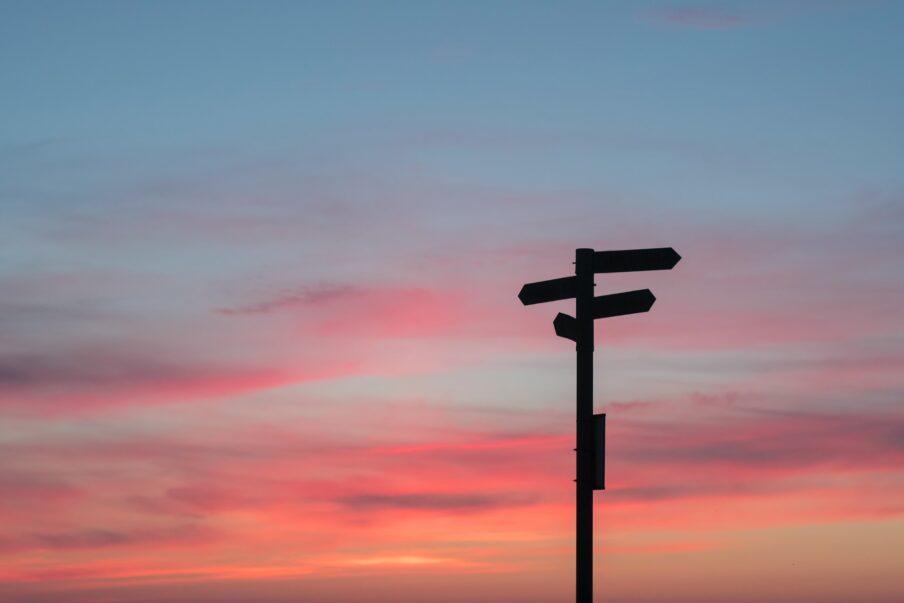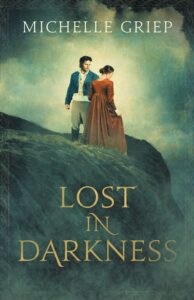By Michelle Griep, @MichelleGriep

Occasionally people walk by my writerly cage and rattle the bars, which is generally followed by either:
A) Throwing me some food despite the don’t-feed-the-writer signs
B) A blinding light of a flash from an iphone
C) Asking me a question
Today we’re going with “C” because I was recently asked, “I’m doing a lot of research regarding publishing independently or traditionally, and I was wondering if you had any advice on publishing?”
Cue evil laughter because have I got some advice for you! Pull up a stool, Grasshopper, and let’s have at it, shall we?
There are no quick answers to this whopper because there are pros and cons to each. I know because I’ve done both, garnering me the hybrid badge on my Girl Scout banner. I can fill you in on what those pros and cons are, but ultimately it’s up to you to decide which path is best for you.
The Pros of Traditional Publishing
You don’t foot the bill.
Big publishers pay big money to edit, hire a cover designer, figure out a marketing plan, and dole you out an advance. They take the monetary risk, not you.
Stress free, baby.
You don’t have to worry about ISBNs or formatting or what the best price to offer the book should be. Quality control is handled (for the most part) by the publisher because their name is riding on this little venture every bit as much as yours.
Marketing.
Yes, you still have to do some marketing, so don’t get all giddy on me. But the thing about traditional publishers is that they’re usually well established in the industry, getting you in to bookstores and such.
You feel like a rockstar.
Signing with a big deal publisher is, well, a big deal. Like it or not, it’s still seen as a validation of your writing skills.
You’re not alone.
You work as a team with your editor and marketing and sales directors. They’re great sounding boards when you need advice.
The Cons of Traditional Publishing
It’s super freaking hard to land a contract with a traditional publisher.
There are gatekeepers with big pointy teeth that wield a huge rejection stamp. More often than not writers are turned away based on their writing or what’s hot on the market or what the acquisitions editor had for breakfast that day.
You have to share the profit.
Remember when I said the publisher takes the hit on covering all the upfront costs? Yeah, before you go all happy-ballistic-jumpy-feet over that, the flip side is they’ll also take the lion’s share of the profit. Usually you’ll get 15% of every sale.
Lack of control.
While you sign away all your anxiety because the publisher is handling all the decisions for you, you also sign away your control. Oh, you don’t like the cover? Too bad, buttercup. What…you think the copy is a little lame on the back? Yep, that’s the publisher’s final call as well.
You could seriously turn gray before your book hits the shelves.
There are long lead times with trad publishers because of volume and quality control. My manuscripts go through 3 edits before the green light sends them on their way, which means it can take up to a year before hitting the shelves.
That’s the skinny on traditional publishing. Love it or leave it. Personally, I love it. But I’ve got a lot of love to go around because I’ve also self-published. Here’s what I learned.

The Pros of Independent Publishing
You da boss man.
You call all the shots, from the cover design to the price. Go ahead and parade around in a crown, oh king of the publishing realm.
You own the timetable.
You want to put your book out next week? Go for it. You don’t have to wait for a marketing department to meet.
There’s no one to tell you no.
Goodbye rejection. There’s no one to tell you that your book isn’t good enough.
Profit.
The money is all yours. You don’t have to share it with anyone. Okay, that’s a lie because Uncle Sam will still have his palm out, but the rest is yours.
A sense of accomplishment.
Putting together a book from start to finish is a feather in your cap because it’s not a small thing. You get it done and you feel like a champion.
The Cons of Independent Publishing
You bear all the risk.
If that book doesn’t sell, you’re the one who takes the hit, right in the pocketbook, depending of course on how much you put into this little venture in the first place. And speaking of that, to put out a serious product, you need to invest some cashola in editing and cover design.
There are more decisions to make than you realize.
Where’s the best deal on a cover design? How do you know what the best design is? What’s an ISBN? Where are my socks? These and a bajillion other questions relentlessly pound you over the head.
Formatting can be a headache.
There’s a trick to formatting for Kindle, Nook, iphones and whatever other electronic devices are out there. Don’t ask me how to do it. I passed that hot potato off to someone else.
Marketing is all on your shoulders.
Yeah, so you got your book on Amazon, you and 3 million other titles. How is a reader going to find your book? How are you going to get your book in front of readers? Newsflash: you are the marketing team.
Quality is all yours, baby.
I cannot emphasize this enough . . . perfection is key. Do NOT put out a book that you will be ashamed of years down the road, one with a schlocky cover and typos galore.
The last thing I want to mention about independent publishing is that very likely you’re not going to sell more than a hundred or so copies of your one and only book on the market. Indie publishing is a numbers game, meaning the more books you produce, the more you will sell, especially if you do a series and the first book is put out there for free. If you’re not planning on whipping out a book every three or four months, then you might want to rethink the whole indie scene.
As you can see, either traditionally or independently published, the route to getting your book into the hands of readers is not an easy task…but it is a worthwhile one. So hang in there, little writer. Pick a route to take then run full force down that highway.
Even if there be monsters, there is none so fierce as that which resides in man’s own heart. Enchanting Regency-Era Gothic Romance Intertwined with Inspiration from Mary Shelley’s Frankenstein
Michelle Griep’s been writing since she first discovered blank wall space and Crayolas. She is the author of historical romances: The Captured Bride, The Innkeeper’s Daughter, 12 Days at Bleakly Manor, The Captive Heart, Brentwood’s Ward, and A Heart Deceived, but also leaped the historical fence into the realm of contemporary with the zany romantic mystery Out of the Frying Pan. If you’d like to keep up with her escapades, find her at www.michellegriep.com or stalk her on Facebook, Twitter, or Pinterest.


